In August of 2022, we spent six days fishing the Beara Peninsula for trophy pollock. And boy did we get some. And as our first fishing trip to Ireland, we learnt two things:
- The more remote, inaccessible places hide stacks of trophy pollock – one of our top tips for pollock fishing is to go remote
- Murphy’s and Guinness are essentially the same drink
I know. Mind blown.
The entire Beara Peninsula is stunningly beautiful and our favourite pollock fishing mark. The plant life itself is almost tropical in nature and – thanks to a warm ocean current that runs along the southern Irish coast – palm trees and almost Caribbean-like flora can be supported.
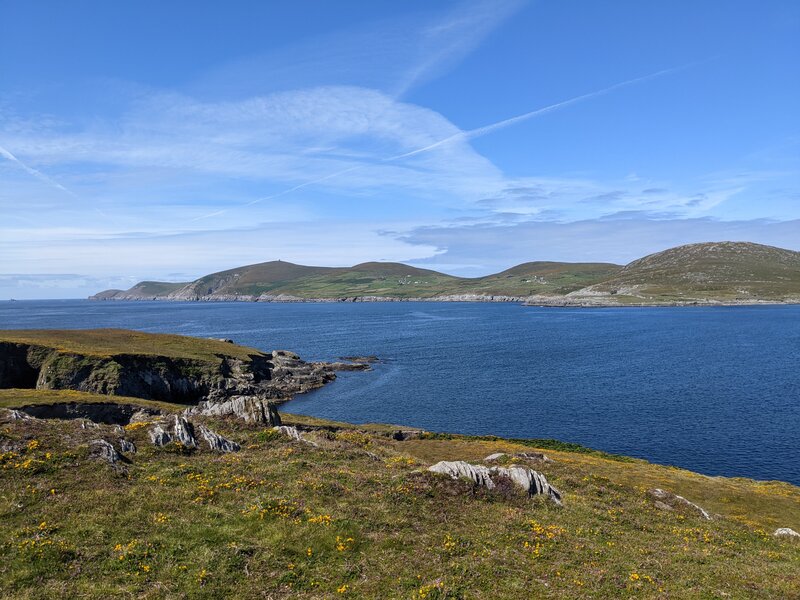
The Atlantic Meridional Overturning Calculation (AMOC) is a large system of ocean current that causes warm water from the tropics to shift north, returning a system of colder, deeper currents. Described as a conveyor belt of heat transfer, this is how Ireland’s otherwise unspectacular climate can support tropical plant life.
Table of Contents
Is the Beara Peninsula good for fishing?
Yes, the Beara Peninsula is good for fishing. Great even. Without wanting to spread the word too much it’s the finest fishing we’ve come across in the UK. But it’s not easy.
To find the biggest pollock your best bet is to go as remote, far-reaching and deep as possible. But – through some local knowledge – we determined a couple of things. The traditional mackerel migration may be changing due to climate change and rising sea temperatures. In this case, it meant the Beara was almost completely devoid of mackerel this year. (We only caught one).
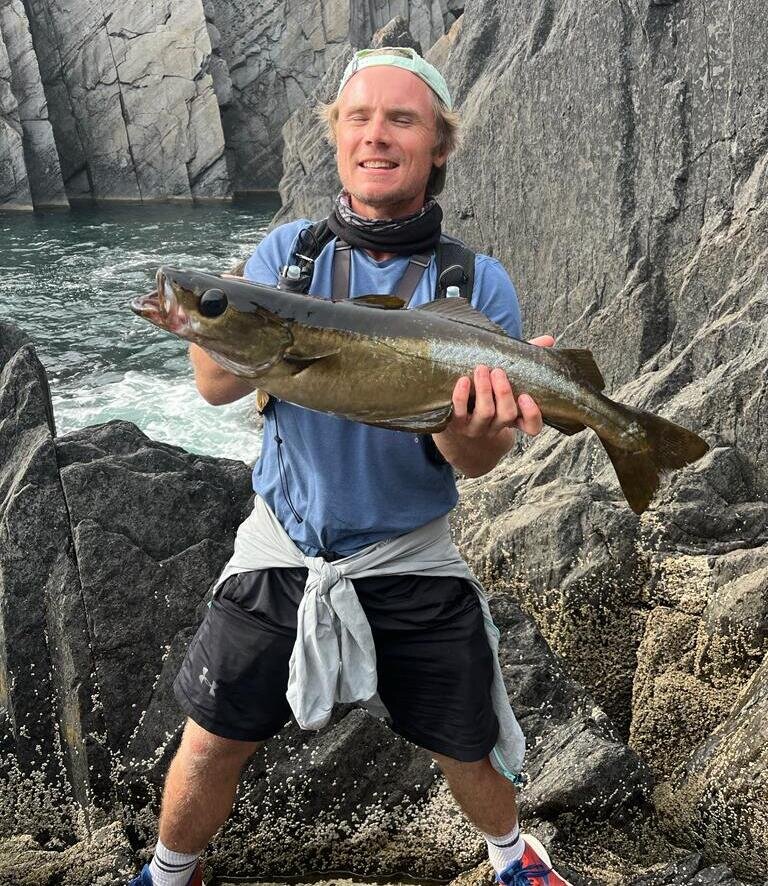
Plankton – mackerel’s primary food source – is less resistant to temperature changes than the mackerel itself and has moved north over the last half century in search of colder waters. So the mackerel followed, ditching the warmer waters of the Beara to go further north.
And that the Beara was once even more prolific when it came to pollock and flatfish fishing. But – since 2014 – the fishing has begun to subside year after year. The dramatic fall in both the size and quantity of fish – in particular pollock – is down to the use of commercial gill nets close to the shore.
We saw a number of boats trawling these monofilament nets – some 500m+ in length – and this legal practice has devastated the mullet, flatfish and pollock shoals because gill nets are indiscriminate in nature. Anything and everything in its path is picked up. It’s a devastating practice both ecologically and environmentally since these nets don’t degrade.
Where should I stay on the Beara Peninsula?
We stayed near Trafask in an AirBnB on the coast, which was around an hour’s drive from the most prominent fishing marks. Almost all of these are south of (or around the coast from) Castletown Bearhaven. Arguably the only actual town in the area.
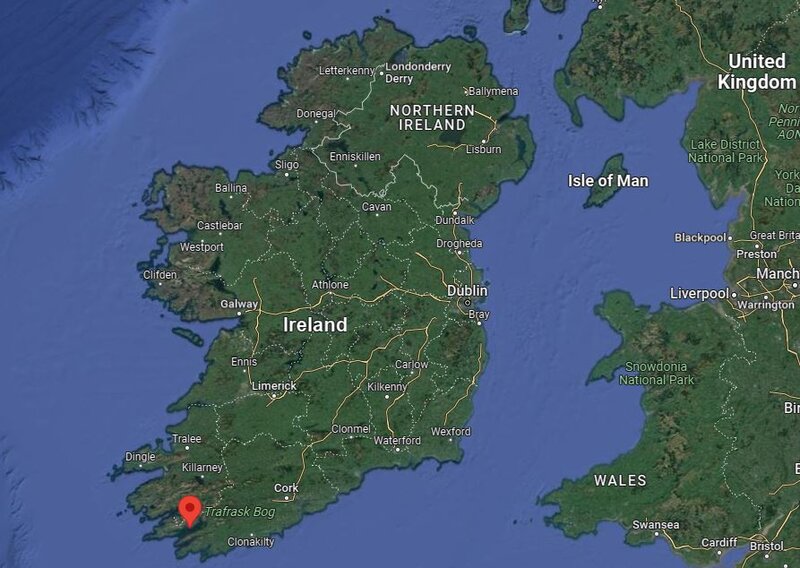
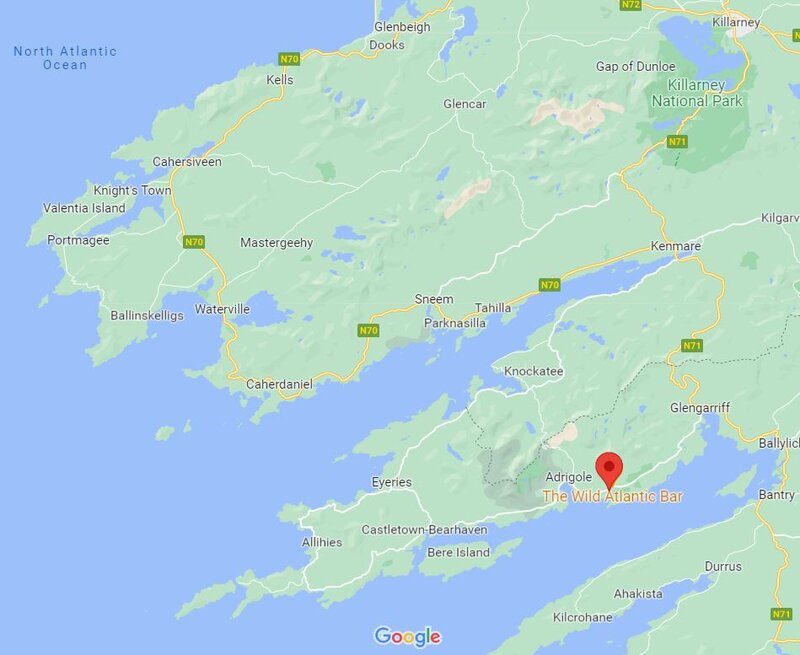
Staying anywhere around this area when it comes to fishing for pollock makes sense. The deeper, kelp-rich waters around Dursey Island are a superb place to start when targeting the fish and are home to a suite of quality marks. You could spend the entire trip just fishing this section.
If you hadn’t realised it yet, you’ll need a car. We rented one from the airport but you can get the ferry over to Cork and take your own.
Up around the coast around Ballydonegan and Allihies the water is much shallower and is arguably a little better for bass fishing than pollock. Although we did still catch a few there too. And if bass is more your target species – although we’d recommend pollock – then you should consider staying in Waterville. A couple of hours’ drive west up the coast.
What fish can I catch in the Beara Peninsula?
Whilst the Beara’s fish stocks have been on the decline since the gill netting fiasco started in 2014, the fishing is still plentiful. Really pollock should be your target species due to their size and absolute hegemony around the coastline. Whilst bass, mackerel, wrasse, conger eels and flatfish are present, they’re not as bountiful. Or exciting
Across six days we estimated we caught around 100 fish. Of these 100 fish we only caught one mackerel. No bass. The rest pollock. On our second trip we caught a slightly wider variation of fish including one bass, although that was in Waterville.
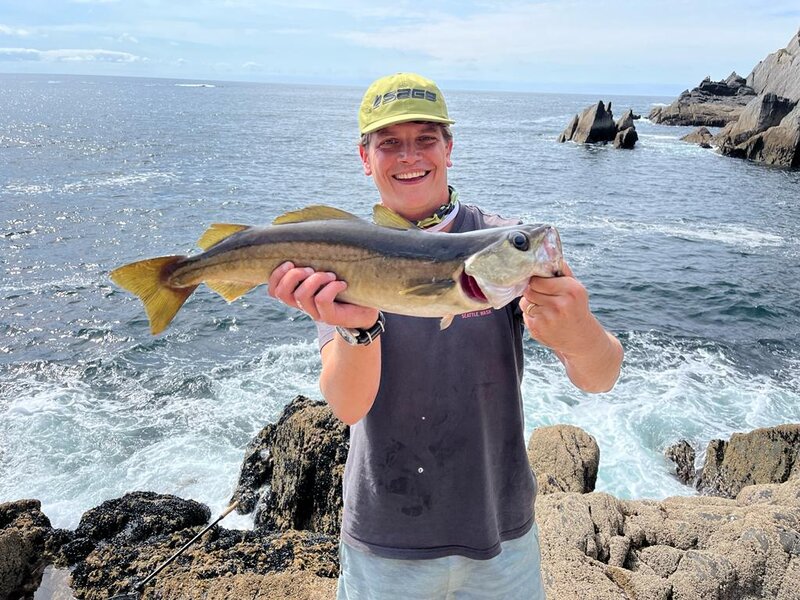
And my word are pollock still prolific here. Even with the introduction of gill netting and a reduction in mackerel we still found some marks where we pulled in a pollock every other cast. Almost to the point where it became boring. Almost.
Where should I fish in the Beara Peninsula?
The very southerly tip of the Beara around Dursey Island produced the best results for us when targeting pollock. Anywhere south of Castletown-Bearhaven from Lower Reem down to Dursey Island and around through Allihies up to (and beyond), Cuas Pier has a host of marks available. As a general rule, the deeper the water and more remote the mark, the more prolific and sizeable the pollock.
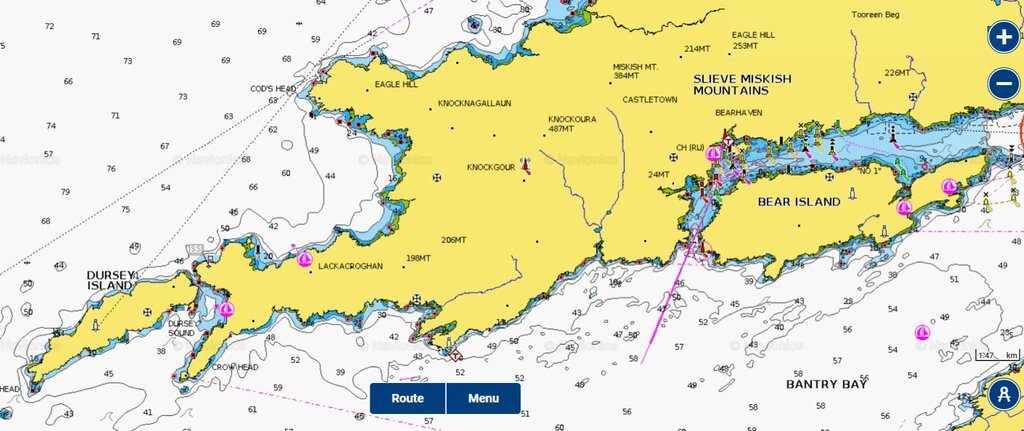
To find marks we used Navionics to decipher points that had substantial depth from the shore. 20m+ was a good starting point and ruled out a number of options quickly. Then we used Google Maps to establish parking spots, footpaths and accessibility.
Some of the marks around the southern coastline are pretty treacherous. The paths are not particularly well established (unless they’re on The Beara Way) and require some due diligence. Particularly if you’re planning on climbing down cliff faces to reach marks.
If you’re targeting bass then Allihies or Waterville are arguably your best options. But for big pollock, we’d stick around Dursey up to Cuas Pier and all in between.
What tackle do I need for shore fishing in the Beara Peninsula?
Obviously, as you’re targeting big powerful fish, you need to have a fast action rod, a strong enough braid and leader material that is unlikely to be snapped off in structure. Generally, our guide to essential sea fishing tackle is a good place to start.
A fast action rod with a casting weight of up to 60g of around nine feet in length should be the perfect all-around rod to target big pollock and bass with lures from the shore. If you’re using bait then you would want to consider longer, slightly heavier-duty rods.
A 3500 or 4500 size spinning reel should be ample for targeting fish from the shore with lures up to 80 – 100g ish in weight. If you’re using larger bait, then consider a larger reel that has a greater line capacity. But it’s unlikely you’d need a reel that could hold more than 160m of 30lb braid.
Buy a good quality braided line, regardless of whether you’re pollock or bass fishing. Use a dark green material – or at least one that blends into the water – to avoid potentially spooking any fish. Subtly, even in the sea, can make a difference.
If you’re after bigger pollock we suggest a minimum of 25lb line. Ideally 30lb+.
You’ve got two choice for leader – monofilament or fluorocarbon. Fluoro leaders are slightly softer, but less likely to be seen as they don’t glimmer in the sunlight. Whereas mono leaders are tougher and more abrasion resistant. But are less likely to catch a fish based on the shinier nature of the material. We found either work fine.
Make sure you bring a surplus of pollock specific lures. We lost a number of metals, soft plastics and jigs. All of which were successful in their own right. But metal lures like surf seekers worked fantastically well. Even 30g metal lures snared us some monster pollock and were successful in every mark.
You should also bring:
- Landing net
- Pliers
- Scissors
- Gloves (for handling the pollock)
- Lure clips
What other gear should I bring?
The weather can be very dramatic in southern Ireland. Hot, stunningly sunny periods intertwined with blistering rain. Particularly in the summer months – the later summer and early autumn months are arguably the best time to go fishing in southern Ireland. So make sure you’re properly prepared.
And, particularly if you’re after large pollock – the walking and climbing conditions can be steep and tough going. So bring good walking boots and/or rock climbing footwear. Soft-soled plimsolls are a personal favourite here. Then bring the usual:
- Waterproof trousers or waders (particularly if you’re after bass)
- Fishing boots
- Lure fishing bag
- Parka
- Backpack
- Water bottle(s)
- Snacks
- Hat(s)
- Life jackets – again if you’re targeting pollock off the cliffs this is key and something we need to be more prescient with
Best Waterproof Fishing Jackets
FAQs
Where can I fish for bass in the Beara Peninsula?
The best places to fish for bass on the Beara Peninsula are around Waterville, Allihies and Ballydonegal. The shallow shores, abundance of structure and accessibility make bass fishing at these marks far better than anywhere else. Particularly Waterville.
Where can I fish for pollock in the Beara Peninsula
Ultimately the Beara Peninsula is rich in pollock. These fish completely dominate the peninsula, but tend to live in deep, kelpy water. So places around Dursey Island, Crow’s Head, Cow’s Head and almost the entire southern peninsula up to Cuas Pier and beyond is superb for pollock.
Tags: BassPollockSea Fishing
Harry
Hi, I'm Harry. A keen, albeit exceedingly average fisherman. I've spent the last few years trawling London's waterways with - if I'm being kind - varied success and would love to help you avoid the mistakes I have made.
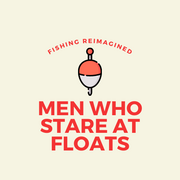
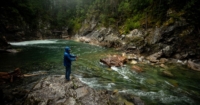


Beara peninsula is part of Rep.of Ireland not the UK, and they are not in anyway related
Thanks for the nudge Dave and well aware of the geographical borders. All updated and glad you had a good time x
Good article and info – I’m off to Beara on Oct 14th, for three days lure fishing. Would you recommend parking near Dursey cable car and rock hopping around there, or try other areas like Cod’s Head up near Eskavaud, or Crow Head? Not got much time.
Regards,
Gary Weston
Sorry Gary this went into the spam folder (albeit an excellent comment). Where did you go in the end? Dursey’s cable car was broken when we were there, but Crow’s Head has some of the best marks we’ve ever been to. They can be really challenging to reach however!